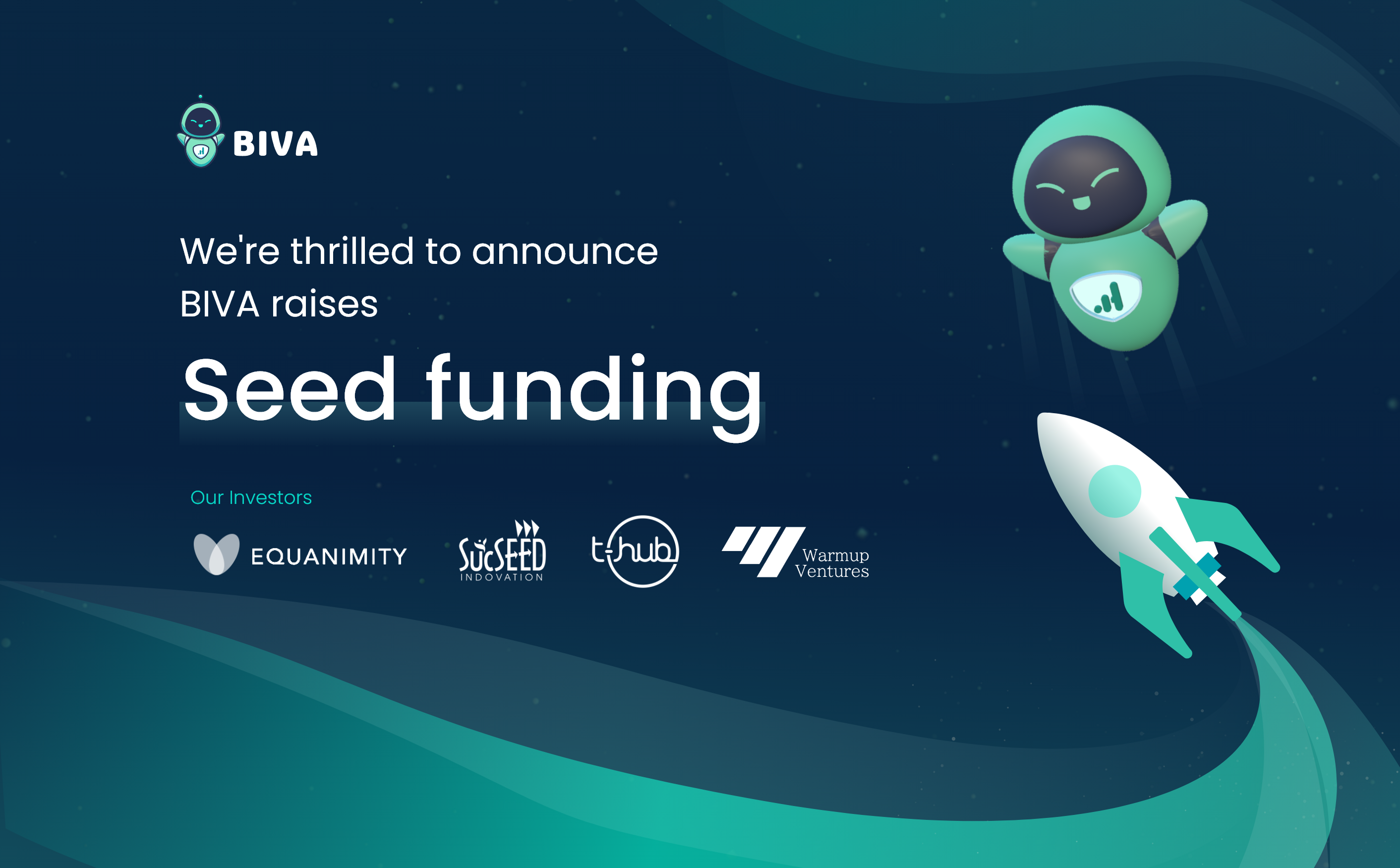
In today's fast-paced business environment, making data-driven decisions is critical for success. Reporting tools play a pivotal role in transforming raw data into actionable insights, providing organizations with a means to communicate data effectively across all levels of the business hierarchy. This guide aims to help you navigate the diverse landscape of reporting tools, focusing on the key considerations and highlighting eight top tools for 2024.
In today's fast-paced business environment, making data-driven decisions is critical for success. Reporting tools play a pivotal role in transforming raw data into actionable insights, providing organizations with a means to communicate data effectively across all levels of the business hierarchy. This guide aims to help you navigate the diverse landscape of reporting tools, focusing on the key considerations and highlighting eight top tools for 2024.
The Significance of Reporting Tools:
Reporting tools serve a fundamental purpose by making data accessible, easy to understand, and useful for both frontline staff and management teams. They take raw data and convert it into visually appealing tables, charts, and graphs, facilitating the identification of patterns and trends. This visual representation of data empowers frontline staff to enhance their performance, enabling managers to glean insights into various facets of the business, such as weekly sales across different categories or regions.
Reporting tools serve a fundamental purpose by making data accessible, easy to understand, and useful for both frontline staff and management teams. They take raw data and convert it into visually appealing tables, charts, and graphs, facilitating the identification of patterns and trends. This visual representation of data empowers frontline staff to enhance their performance, enabling managers to glean insights into various facets of the business, such as weekly sales across different categories or regions.
Key Features to Consider:
When evaluating reporting tools, it's essential to consider several key features to ensure they align with your business needs:
Output:
- Evaluate how the reports look and their ease of understanding.
- Consider the variety of ways the tool allows you to display data, such as through tables, charts, and graphs.
Formats:
- Ensure the tool can output reports in the formats your teams require, such as PDF, HTML, or images.
- Check if the tool integrates seamlessly with other applications your business uses.
Ease-of-use:
- Assess how easy it is for teams, including non-technical users, to create the reports they need.
- Look for features that facilitate a user-friendly experience and streamline the report creation process.
Integrations:
- Examine how easily the tool allows data to be imported. Check its compatibility with your existing systems.
- Consider the availability of connectors and integrations with other tools commonly used in your business.
Security & Compliance:
- Ensure the tool complies with data regulations relevant to your business.
- Evaluate the security measures in place to safeguard your data.
When evaluating reporting tools, it's essential to consider several key features to ensure they align with your business needs:
Output:
- Evaluate how the reports look and their ease of understanding.
- Consider the variety of ways the tool allows you to display data, such as through tables, charts, and graphs.
Formats:
- Ensure the tool can output reports in the formats your teams require, such as PDF, HTML, or images.
- Check if the tool integrates seamlessly with other applications your business uses.
Ease-of-use:
- Assess how easy it is for teams, including non-technical users, to create the reports they need.
- Look for features that facilitate a user-friendly experience and streamline the report creation process.
Integrations:
- Examine how easily the tool allows data to be imported. Check its compatibility with your existing systems.
- Consider the availability of connectors and integrations with other tools commonly used in your business.
Security & Compliance:
- Ensure the tool complies with data regulations relevant to your business.
- Evaluate the security measures in place to safeguard your data.
Top 8 Reporting Tools for 2024:
1. BIVA Analytics:
- Features:
- No-code SaaS tool tailored for e-commerce businesses.
- Aggregates data from multiple sources, including e-commerce stores, marketplaces, marketing platforms, logistics platforms, payment gateways, and order management platforms.
- Robust and intuitive pre-built reports for seamless interpretation of insights.
- Future plans to incorporate AI-enhancing capabilities for marketing automation and competitor benchmarking.
- Pricing: Starting at $300 per month.
- Trial: 14-day trial.
- Features:
- No-code SaaS tool tailored for e-commerce businesses.
- Aggregates data from multiple sources, including e-commerce stores, marketplaces, marketing platforms, logistics platforms, payment gateways, and order management platforms.
- Robust and intuitive pre-built reports for seamless interpretation of insights.
- Future plans to incorporate AI-enhancing capabilities for marketing automation and competitor benchmarking.
- Pricing: Starting at $300 per month.
- Trial: 14-day trial.
2. Tableau:
- Features:
- Easy-to-use interface for non-technical users.
- Connects to various data sources, including databases, spreadsheets, and cloud apps.
- Responsive dashboards suitable for different devices.
- Pricing: $12-$70 per user.
- Trial: 14-day trial.
- Features:
- Easy-to-use interface for non-technical users.
- Connects to various data sources, including databases, spreadsheets, and cloud apps.
- Responsive dashboards suitable for different devices.
- Pricing: $12-$70 per user.
- Trial: 14-day trial.
3. AnswerRocket:
- Features:
- Natural language processing for easy question-based reporting.
- Interactive reports with AI-driven insights.
- Users appreciate the ability to ask questions in plain English.
- Pricing: Contact AnswerRocket for pricing information.
- Trial: Request a Demo.
- Features:
- Natural language processing for easy question-based reporting.
- Interactive reports with AI-driven insights.
- Users appreciate the ability to ask questions in plain English.
- Pricing: Contact AnswerRocket for pricing information.
- Trial: Request a Demo.
4. Zoho Analytics:
- Features:
- Blends data from different sources for advanced dashboards.
- Drag-and-drop interface for non-technical users.
- AI assistant (Zia) for answering questions.
- Pricing: $25-$495 per month.
- Trial: 15-day free trial.
- Features:
- Blends data from different sources for advanced dashboards.
- Drag-and-drop interface for non-technical users.
- AI assistant (Zia) for answering questions.
- Pricing: $25-$495 per month.
- Trial: 15-day free trial.
5. Whatagraph:
- Features:
- Specialized for digital marketing agencies.
- Scheduled reports for key metrics updates.
- Data integration from multiple sources.
- Pricing: Contact for pricing information.
- Trial: 7-day free trial.
- Features:
- Specialized for digital marketing agencies.
- Scheduled reports for key metrics updates.
- Data integration from multiple sources.
- Pricing: Contact for pricing information.
- Trial: 7-day free trial.
6. Windward Hub by Windward Studios:
- Features:
- Enterprise-grade reporting within Microsoft Office Suite.
- Native integration with Salesforce and support for various apps.
- Available as SaaS or dedicated hosting.
- Pricing: $20-$50 per user for SaaS solution.
- Trial: 14-day free trial.
- Features:
- Enterprise-grade reporting within Microsoft Office Suite.
- Native integration with Salesforce and support for various apps.
- Available as SaaS or dedicated hosting.
- Pricing: $20-$50 per user for SaaS solution.
- Trial: 14-day free trial.
7. SAP Crystal Reports:
- Features:
- Dynamic business reports with a variety of charts.
- Supports more than a dozen output formats.
- Integrates with various data sources, including SAP HANA and MS SQL Server.
- Pricing: One-time $495 payment.
- Trial: 30-day free trial.
- Features:
- Dynamic business reports with a variety of charts.
- Supports more than a dozen output formats.
- Integrates with various data sources, including SAP HANA and MS SQL Server.
- Pricing: One-time $495 payment.
- Trial: 30-day free trial.
8. Yellowfin:
- Features:
- Data storytelling tools for simplified communication.
- Dynamic embedded data in reports.
- Easy-to-use interface with drag-and-drop functionality.
- Pricing: Contact for pricing.
- Trial: Request free demo.
- Features:
- Data storytelling tools for simplified communication.
- Dynamic embedded data in reports.
- Easy-to-use interface with drag-and-drop functionality.
- Pricing: Contact for pricing.
- Trial: Request free demo.
Making an Informed Choice:
Choosing the right reporting tool involves a careful assessment of your business requirements, user preferences, and integration needs. While each tool offers unique features, the ultimate decision should align with your organization's goals and the seamless integration of reporting into your decision-making processes.
Choosing the right reporting tool involves a careful assessment of your business requirements, user preferences, and integration needs. While each tool offers unique features, the ultimate decision should align with your organization's goals and the seamless integration of reporting into your decision-making processes.
Conclusion:
As businesses continue to navigate the complexities of a data-driven landscape, the role of reporting tools becomes increasingly crucial. By leveraging the capabilities of top reporting tools like BIVA Analytics, Tableau, AnswerRocket, Zoho Analytics, Whatagraph, Windward Hub, SAP Crystal Reports, and Yellowfin, organizations can empower their teams to make informed decisions based on actionable insights derived from their data. Whether you prioritize ease of use, natural language processing, or specialized reporting for marketing, the tools highlighted in this guide offer a diverse range of solutions to meet your reporting needs in 2024 and beyond.
As businesses continue to navigate the complexities of a data-driven landscape, the role of reporting tools becomes increasingly crucial. By leveraging the capabilities of top reporting tools like BIVA Analytics, Tableau, AnswerRocket, Zoho Analytics, Whatagraph, Windward Hub, SAP Crystal Reports, and Yellowfin, organizations can empower their teams to make informed decisions based on actionable insights derived from their data. Whether you prioritize ease of use, natural language processing, or specialized reporting for marketing, the tools highlighted in this guide offer a diverse range of solutions to meet your reporting needs in 2024 and beyond.
Related Posts
Product Foundations



